

"Why 1984 won't be like 1984" |
The late 70s: Advertising Troubles
|
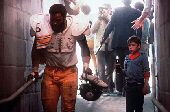 |
|
read about Max Headroom http://en.wikipedia.org/wiki/Max_Headroom_%28character%29 |
NEW COKE : |
|
7Up Uncola Nuts
Computer generated graphics began appearing in commercials in the 70s Pioneering these were Robert Abel and Associates who created several memorable ads: 7-up "Bubbles' http://www.youtube.com/watch?v=0Gwt5tA2-X0
Kawasaki "the Ultimate Trip" and the Sexy Robot for Canned Food Council see http://accad.osu.edu/~waynec/history/tree/abel.html See the Making of the Sexy Robot Brillance Commercial |
|
The 80s- Ultra Consumers/yuppies
On the opposite page was a photo of well-dressed, well-scrubbed preppies standing in front of their BMW. The text claimed that the real "Rolling Stone" subscriber was middle class, with lots of discretionary income and upscale consumerist aspirations. This full-page image carried one word: "Reality."
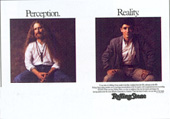

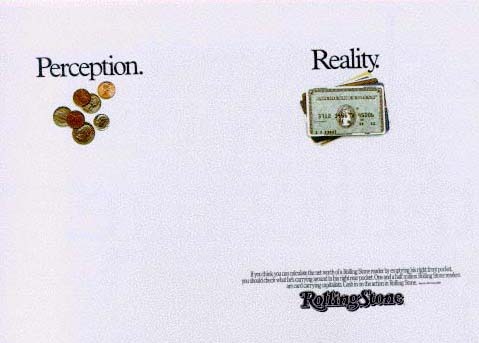
Technology
|
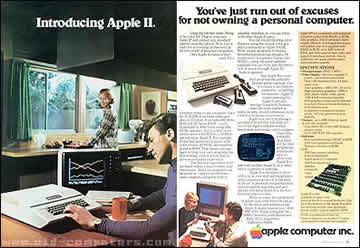 |
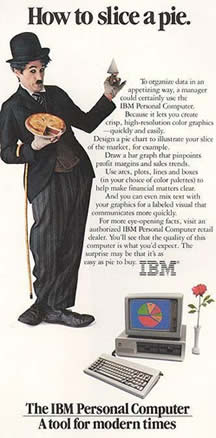 |
|
see the ad |
John Cleese compares a computer to a dead fish in Compaq commercial
Image Building- Style over Substance
American Express launched a 1987 campaign "Membership has it's Privileges" withAnnie Leibovitz photographs of famous American Express card users the individuals portrayed weren't only celebrities they symbolized achievement |
Ella Fitzgerald |
Bruce Springsteen |
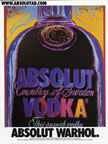 |
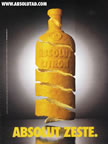 |
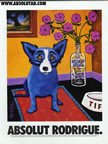 |
|
||
Benetton Benetton sponsored a campaign to fight racism United Colors of Benetton - it increased awareness but did meet with controversy. see more ads at Bennetton ads (inside link) |
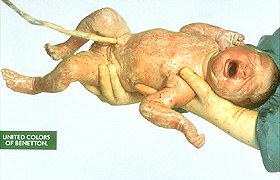 |
Nike
|
|
California Raisins
|
|
Sex and Symbolism
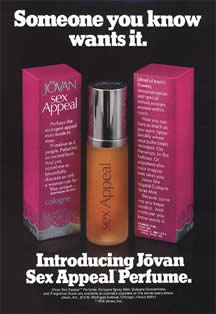 |
|
Canadian Club 1988 |
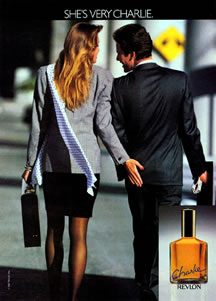 |
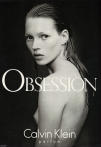 |
|
Sex to sell to Teens
|
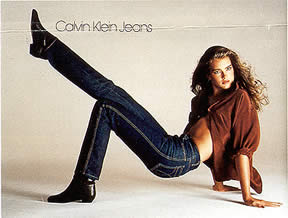 |
Wacky Promotions
Recession
Sources:
Frank, Thomas. The Conquest of Cool: Business Culture, Counterculture, and the Rise of Hip Consumerism, Chicago:University of Chicago Press 1998.
Silvulka, Juliann. Soap, Sex & Cigarettes. Belmont, CA:Wadsworth Publishing, 1998.
Reichert, Tom. The Erotic History of Advertising, New York: Prometheus Books , 2003.
Twitchell, James B. Adcult USA, New York:Columbia University Press, 1996.
Burger King Behind Subsurvient Chicken http://www.snopes.com/business/market/chicken.asp
Coke urban Legends http://www.snopes.com/cokelore/newcoke.asp
Coca Cola heritage http://www2.coca-cola.com/heritage/cokelore_newcoke.html
7 Up and diet 7 Up http://www.dpsu.com/brands_7_up.html
Products of the 80s http://members.tripod.com/lisanostalgia1/80sproducts.html
80s Movies Rewind http://www.fast-rewind.com/
Read an essay about 1984 Apple Macintosh ad http://www.uiowa.edu/~commstud/adclass/1984_mac_ad.html
Apple ads http://www.redlightrunner.com/appleads.html
Download 80s commercials http://www.x-entertainment.com/downloads/
Read and excerpt from Erotic History of Advertising at http://www.aef.com/05/book_excerpts/data/2476
The Selling of Addiction to Women http://www.medialit.org/reading_room/article66.html
Gallup and Robinson Sex in Advertising http://www.gallup-robinson.com/essay1.html
African American Advertising http://www.ciadvertising.org/studies/student/99_fall/theory/cal/aainadvertising/index.html
More On Benetton http://www.lclark.edu/~ria/BENETTON.HTM
and http://www.enigma-mag.com/interview30.htm
and http://dir.salon.com/people/feature/2000/04/17/toscani_int/index.html
and http://www.cbsnews.com/stories/2000/05/30/60II/main200723.shtml
and http://www.ciadvertising.org/studies/student/98_fall/theory/blouin/toscani/toscani.html